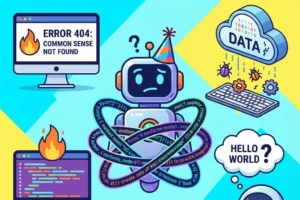Android Development – A Glimpse into the History

Draw by numbers: Android OS dominates the market.
According to DMR’s latest statistics, the figures for Android are just overwhelming: Every day more than a million new Android devices are activated worldwide.
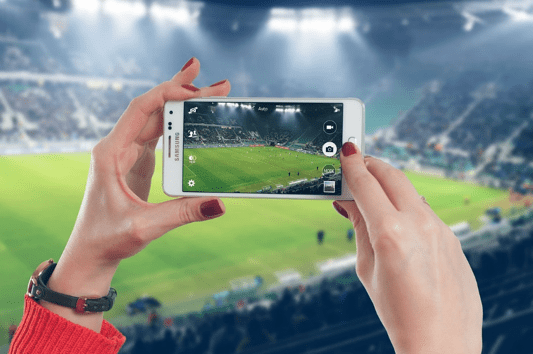 -1.4 billion is the number of global Android users
-1.4 billion is the number of global Android users
-53.54% is the number representing Android’s share of the global mobile operating system market
-Over 4000 different Android devices in existence
-80.4% reflects the Android share of China mobile OS market (48.4% for the US market)
-US & Canada Android usage: 79% on a smartphone and 21% on a tablet
… And the list just goes on. So what is Android OS? From Android “Hello world” to Android Wear, let us have a look at Android development, its history and the people behind it.
Since the 1980’s the mobile telephone revolutionised our way of life, facilitating our interaction with our social and work circles, but since the 2000’s our mobile phone became more than just a mobile phone and enabled us to do much more, in fact we have been left “speechless”, it seems that we use our mobile phone for many things apart from making phone calls: we text a lot, we take lots of pictures, we are active on the social media, we shop on the go, we listen to our favourite tracks, we watch movies, we just gained a new appendage!
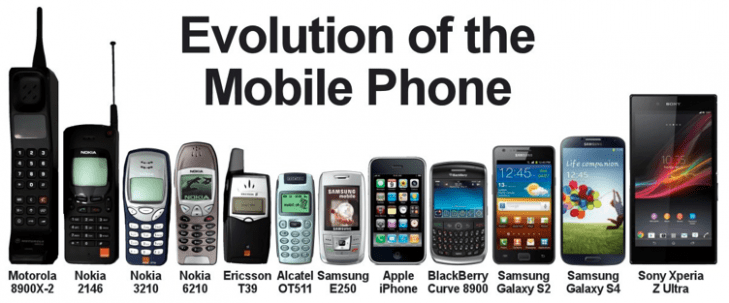
The start of a new era: Android OS
Once upon a time… Android Inc.
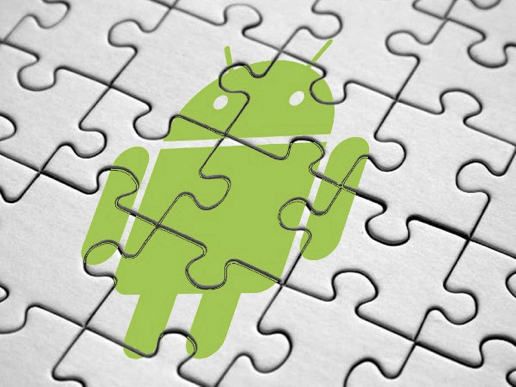
Android Inc. was a Californian company created in 2003, the result of a joint venture between these four men: Andy Rubin (who spent 3 years at Apple as a software engineer between 1989 & 1992, Nick Sears, Chris White and Rich Miner who joins them in early 2004. At the beginning, the intention was to develop an advanced operating system for digital cameras and as the development was progressing it became obvious that their original target was restrictive and they concentrated instead on developing a new operating system to compete with Symbian and Windows Mobile (not to be confused with Windows Phone), both overtaken by iOS and Android since 2010 and pretty much discontinued.
According to Adrianne Jeffries: “There has been speculation over whether Android is called “Android” because it sounds like “Andy.” Actually, Android is Andy Rubin — co-workers at Apple gave him the nickname back in 1989 because of his love for robots. Android.com was Rubin’s personal website until 2008.”
The start of Android Inc. was shaky and the company had to be rescued financially on several occasions by Steve Perlman, despite their best effort their business model didn’t attract because the carriers (i.e. TalkTalk, Vodaphone, EE…) refused to give up control of the industry: the plan was to give the software for free to the manufacturers (i.e. Nokia, Samsung, LG, HTC…), then the carriers would order the models and customise/brand/modify the software and sell it on; Android would make their money by selling “value-added-services” on top to the carriers.

Knock, knock? Who is there? Google Inc… Google who?
Larry Page. In January 2005 Larry, the Google co-founder saw something in that business model and organised a secret meeting with Andy and Nick to test the water, praising at the same time a previous
successful software mobile development made by Rubin called T-Mobile Sidekick (launched in 2002)
All the specialised press knew so far was that there was tremendous potential in developing smarter mobile devices that are more aware of its owner’s location and preferences. “If people are smart, that information starts getting aggregated into consumer products,” said Rubin.
So on the 17th August 2005, Android Inc. became Google Inc.’s 19th official acquisition (for allegedly $50 million); it provoked some turmoil in the mobile software industry, and nobody knew for sure how the scenario would unfold. The Android Inc. founders at the end of the day, needed the money to carry on despite some uncertainty as Google being the right buyer; as far as Rich Miner and his business vision were concerned a smaller size company would have suited best. All the co-founders remained key employees at Google except for Nick Sears.

For the first two years inside the Google world Android was kept pretty separate from the rest of the company, in mind and in location, so it was a bit like a new venture inside a big one, Google employees and Android people were not communicating much apart from absolute bare necessities each preserving their own territories.
Up to December 2006 Google was busy securing partnerships with hardware and software development companies and/or making acquisitions (chips makers, smartphone s makers etc.) whilst Andy Rubin and his team were developing the core Android operating system based on Linux kernel, we will talk about the “sweet development” later on in this blog.
Before Android, Google focused its mobile efforts on getting its apps onto other phones — like those made by Nokia or Blackberry devices. The idea with Android, however, was to create Google’s own system for distributing its services in addition to making Google apps for other platforms. The idea of a new Android ecosystem was starting to emerge (a mobile ecosystem is a conglomerate and interaction of multiple devices, software, manufacturers, carriers, developers and data processing).
At that stage speculations were growing about what was happening exactly with Android and Google, as well as the exact intentions of google in terms of development: going or not full blast onto the mobile operating system market?
Android OS vs iOS
War was declared between Apple Inc. & Google Inc.
Late 2006 after a roller coaster of negotiations with T-Mobile, the carrier accepted to develop the first Android OS device, the G1 (with no touch screen and a slide-out keyboard).
Then in January 2007 the biggest blow of all was given to Google when Steve Jobs launched the first iPhone with a revolutionary User Interface (UI).
In November 2007 Google announced the official creation of the Open Handset Alliance, a consortium of companies aimed at developing open standards for mobile devices, and first unveils Android to the public.
In Sep 2008, Android 1.0 is released. Its core features included a web browser, camera support, a basic home screen, Google apps with sync (Gmail, Contacts, and Calendar), basic maps and search functionality, a media player and notifications shown in the status bar, amongst others.
In Oct 2008, the G1 was released by T-Mobile (also known as HTC Dream), it was the first Android device running on version 1.0.
However it was back to the drawing board for the Android and the Google teams, touch screen was the future and that was it and because the iPhone was released as an exclusive to AT&T, the other carriers felt left out, it was then rather easy to Andy Rubin to convince them to side with Android OS in order to get a lucrative slice of the action!
In November 2009 Motorola launched the Droid (The brand name Droid is a trademark of Lucasfilm and exclusively licensed to Verizon Wireless since 2013) based on Android OS: it was not as big as the iPhone but popular and successful enough to shift the public’s interest, and that was it: Android OS devices hit the mainstream.
Since 2010, Android‘s share of the market didn’t stop to increase and divided the users into two categories, the Apple fans and the Android fans. Both companies producing Operating Systems (OS) for tablets and watches. Regarding technology for cars, TV, glasses, white goods, Apple and Google are still fiercely competitive, exploring various avenues and keeping it all under wrap.
Since July 2013, the Google Play store has had over one million Android applications.

Android development
Android Open Source Project:
Android couldn’t say it better: “Android is an open source software stack created for a wide array of devices with different form factors. The primary purposes of Android are to create an open software platform available for carriers, OEMs, and developers to make their innovative ideas a reality and to introduce a successful, real-world product that improves the mobile experience for users….”
And the philosophy behind it:” …The companies that have invested in Android have done so on its merits because we believe an open platform is necessary. Android is intentionally and explicitly an open source — as opposed to a free software — effort; a group of organizations with shared needs has pooled resources to collaborate on a single implementation of a shared product. The Android philosophy is pragmatic, first and foremost. The objective is a shared product that each contributor can tailor and customize.”
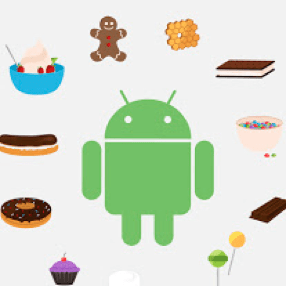 The sweet development
The sweet development
When it was first developed by Android there were only two internal (non-commercial) updates Alpha and Beta.
Alpha contained code names such as “Astro Boy” “Bender”, “R2-D2” (those were code names).
Beta contained various released between Nov 2007 & Sep 2008
Android 1.0 (API 1), the first commercial version of the software, was released on 23rd Sep 2008 for HTC Dream
Under the management of Google, each Android update is named after a dessert or a sweet (an idea by Ryan PC Gibson) in alphabetical order starting with C for “Cupcake” corresponding to version 1.5 (API 3) in Apr 2009.
The purpose of updates is to fix some bugs and to add new features, for more details on what each version brought to the world you can consult this table, classified by Application Programming Interface (API).
[There is a great infographic retracing the history of Android and its version on the following link.]
Just some of the main releases:
In Sep 2009, D for Donut was released as version 1.6 (API 4)
In Oct 2009, E for Éclair: version 2.0 (API 5)
In May 2010, F for Froyo (short for frozen yoghurt): version 2.2 (API 8)
In December 2010, G for Gingerbread: version 2.3 (API 9)
In February 2011, H for Honeycomb: version 3.0 (API 11)
In October 2011, I for Ice Cream Sandwich: version 4.0 (API 14)
In July 2012, J for Jelly Bean: version 4.1 (API 16)
In October 2013, K for KitKat: version 4.4 (API 19)
In November 2014, L for Lollipop: version 5.0 (API 21)
And since October 2015, M for Marshmallow: version 6.0 (API 23)
Android’s development main actors: the Bugdroid and the humans
Recently on his Google+ page, Dan Morrill revealed what happened back in 2007: “My job was developer relations, but I took a much-needed break of a couple hours and spent some quality time with Inkscape to create these… things. See, we were prepping for an internal developer launch (meaning, we were going to ask Googlers to start fooling with the APIs and give us early feedback), and I had no eye candy for the slides we were putting together. Hence these guys.”
 … on the picture above and for a few weeks those robots were known as “Dandroids” after their maker, and then came along Irina Blok who created the logo that we know today.
… on the picture above and for a few weeks those robots were known as “Dandroids” after their maker, and then came along Irina Blok who created the logo that we know today.
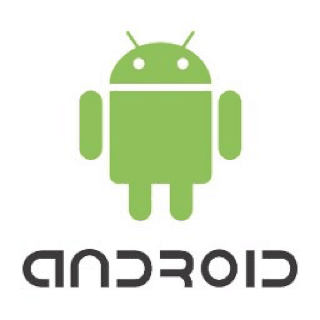 The design team had to create a universally identifiable icon with the specific inclusion of a robot in the final design and found their final inspiration from the human symbol on a restroom door (allegedly Irina was inspired by a toilet door at an airport), then they changed the figure into a robot shape. From the start it was agree that to be in compliance with Android open source, the logo should be likewise: since the green logo has been reinterpreted into many variations on the original design.
The design team had to create a universally identifiable icon with the specific inclusion of a robot in the final design and found their final inspiration from the human symbol on a restroom door (allegedly Irina was inspired by a toilet door at an airport), then they changed the figure into a robot shape. From the start it was agree that to be in compliance with Android open source, the logo should be likewise: since the green logo has been reinterpreted into many variations on the original design.
The Android mascot has been nicknamed “Bugdroid”(because allegedly the programmers are always chasing bugs)

Who are the developers and where can you find them?
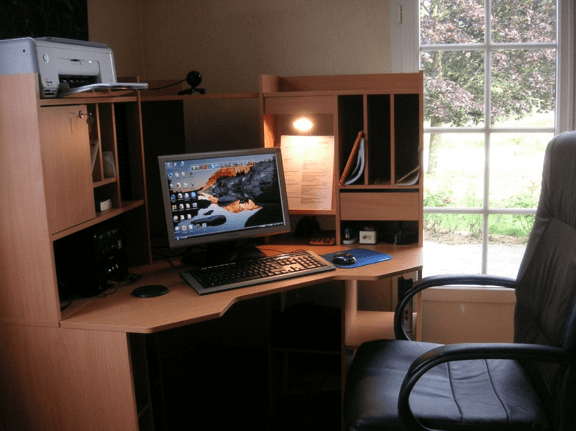
Mobile development:“Android developers outnumber iOS developers 4 to 3.” |
According to Stack Overflow’s survey this year, we can establish a better profile on developers: the survey was based on the traffic in their website and the number of people willing to answer the questions (so it has its flaws) however some demographics are obvious:
- The developers can be found mainly in the US followed by India and then the UK; the ratio per 1000 people though locates the developers mainly in Luxembourg, Iceland and Sweden.
- The average age for a developer is roughly 28 years old and it seems that programmers are younger in emerging countries such as India.
- Over 90% of the developers would be male, this figure is however challenged by other studies in the industry and it would seem that the number of women is on the increase and reaching about 25% of the developers population and “Compared with men, women who code are nearly twice as likely to have less than 2 years programming experience.”
- Half of the developers would have more than 5 years’ experience, have job satisfaction and think that working remote is important
- Over 95% are employed and as an occupation over 30% are full-stack web developers and nearly 10% are mobile developers (a continuing increase over the last 3 years)
- In terms of developers’ education as programmers, over 40% never received a formal training and are self-taught and on top of their job “the average developer spends more than 7 hours per week coding on the side.”
The top 3 programming languages according to the survey are JavaScript, SQL, Java and the most wanted development platform is Android and one third is using Windows 7 as a desktop operating system, and more than 50% prefer a dark IDE theme.
Bright times ahead for Android developers
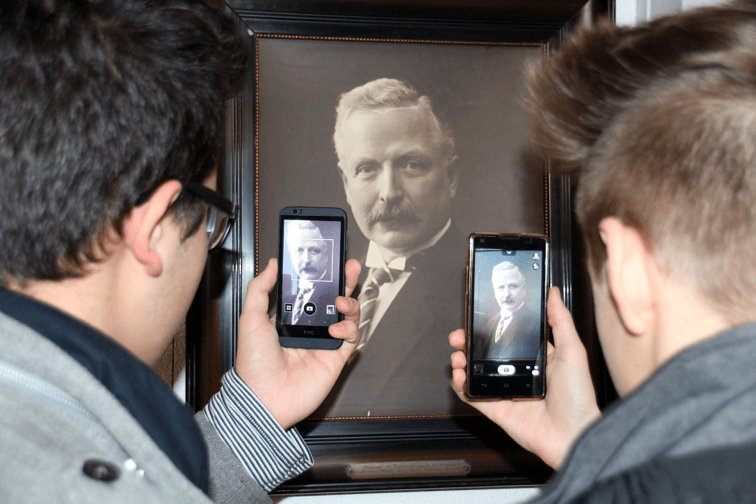
Learning from the past to shape the future
Android history is just evolving so rapidly with Google that it feels difficult to follow it. In March 2013, Rubin left the Android department at Google to return to his first love: robotics, then left the company altogether in 2014 to focus on his own start up incubator, which is listed as being called Playground. Global on Rubin’s LinkedIn profile.
There is no doubt that Android technology is moving fast, its makers are contributing to it rapidly with new development skills, and a new generation embracing fully the desire to become an Android developer.
The public is still divided between Apple and Google and if the Apple fans seems to remain faithful to an expensive brand out of snobbism, personal preference, admiration for Steve Jobs and whatever other reason, the rest of the planet sees the future in Android development; the emerging countries (especially in Asia) are going for it full blast, showing the way by encouraging the youngsters to join the programming industry and especially the young women.
The Western and Northern part of the world could do better in terms positive discrimination for developers by promoting coding as a valuable career, things are moving in the right direction but not fast enough.
So where is Android development going?
We briefly touched the subject by mentioning the watches, cars, TV, kitchen appliances etc. in a few words, Android is everywhere or will soon be, the potential is simple, if an object can hold a small microprocessor it can be a new gold nugget for an Android developer.
A team at Google is working on the Project Ara which is about modular smartphones.
Mobile application development seems to be in the short term at least what the developers should concentrate upon, let’s not forget that the end users way of life have also changed and it should reflect the population purchase power and trends.


